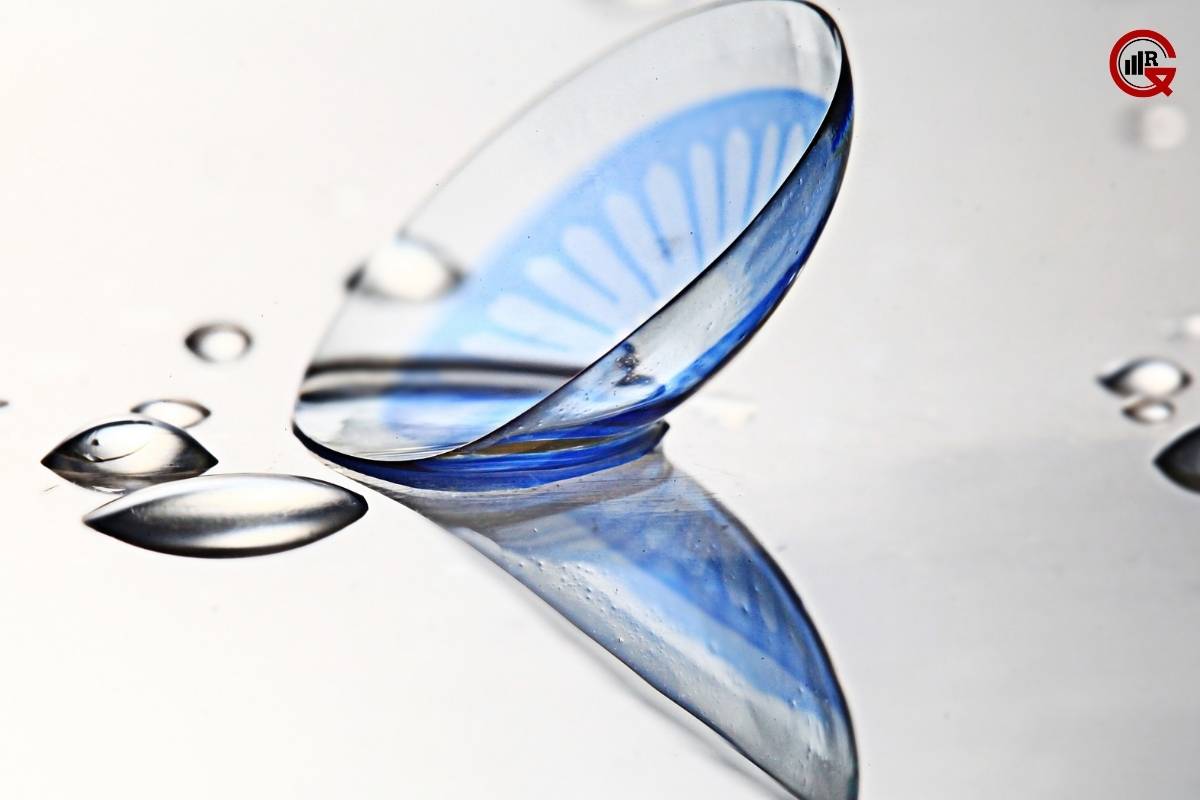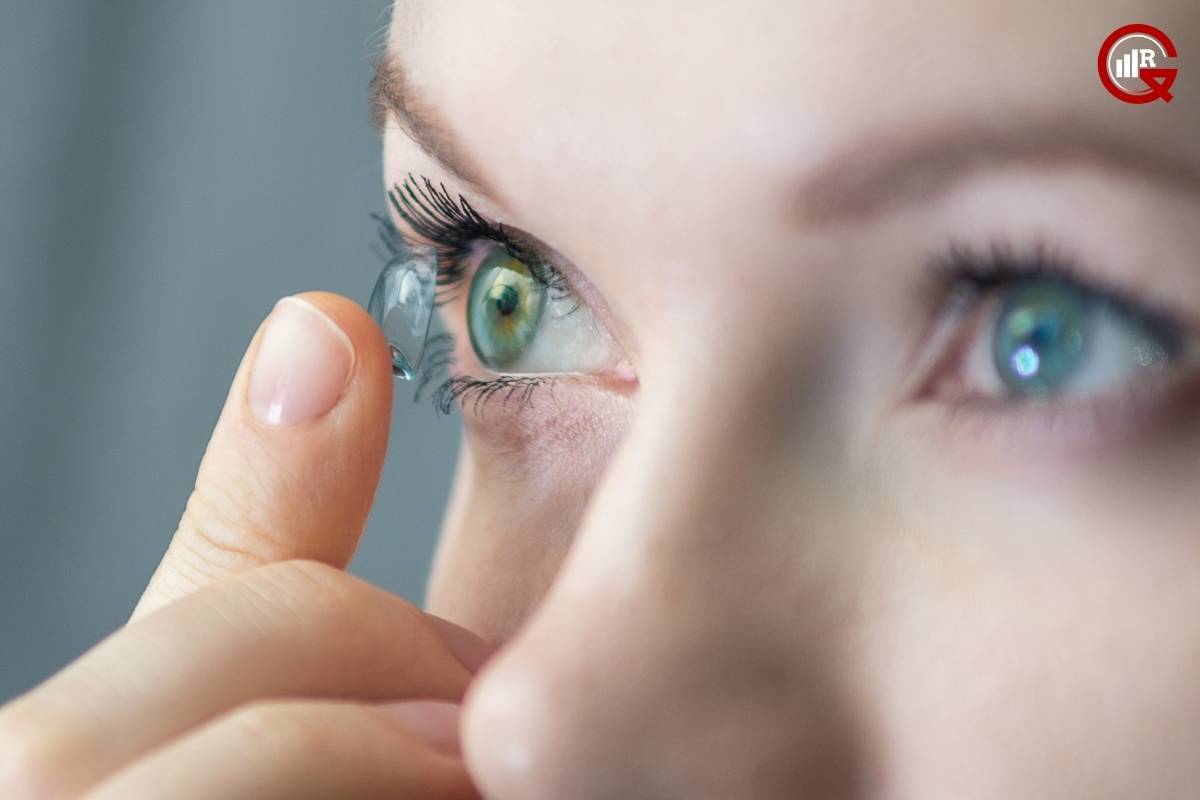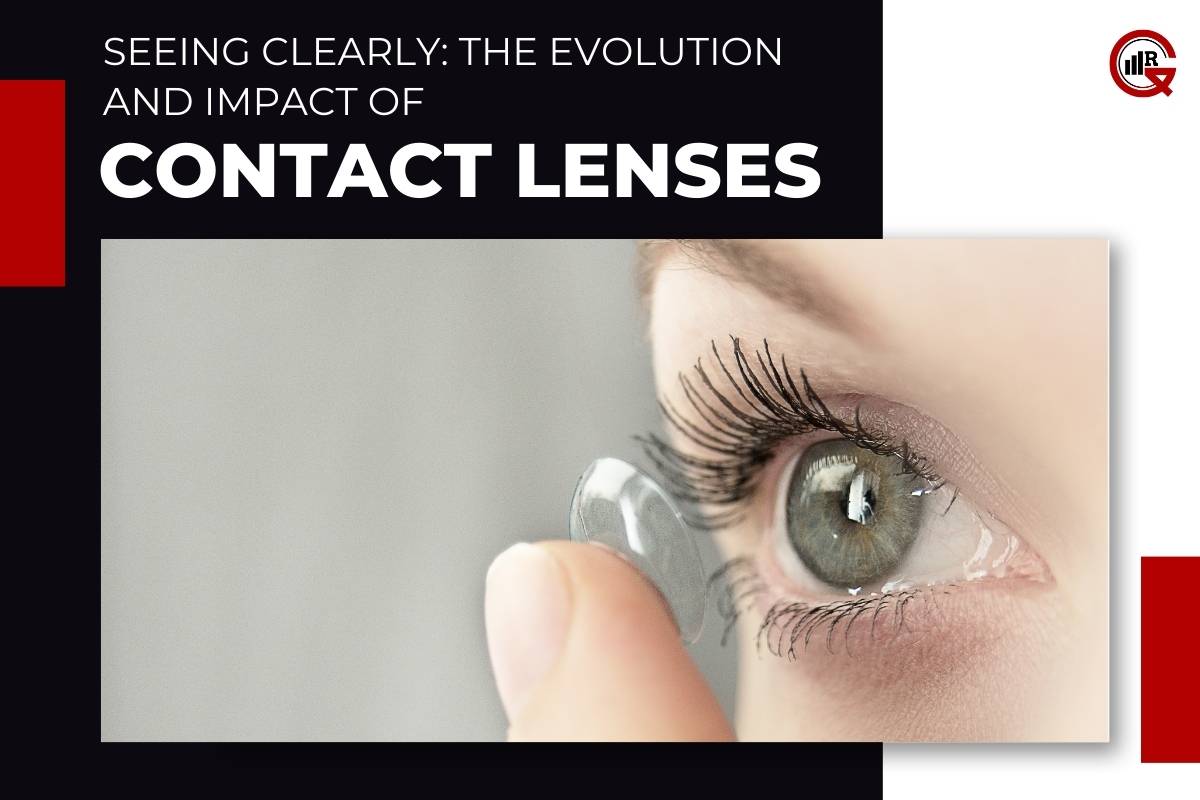Contact lenses have revolutionized the way millions of people see the world, offering a convenient and versatile alternative to traditional eyeglasses. From their humble beginnings to the cutting-edge technologies of today, they have continually evolved, providing wearers with enhanced comfort, clarity, and freedom.
A Brief History:
The concept of contact lenses dates back centuries, with some of the earliest recorded attempts at vision correction involving crude glass discs placed directly on the eye. However, it wasn’t until the late 19th and early 20th centuries that significant advancements were made in the development of modern medical devices.
In 1887, German glassblower F.A. Muller produced the first scleral lenses, large glass shells that covered the entire eye to correct vision. These early lenses were cumbersome and uncomfortable, but they laid the foundation for further innovation in the field.
One of the most significant breakthroughs came in 1949 when California optician Kevin Tuohy developed the first corneal contact lens made from a lightweight plastic material called polymethyl methacrylate (PMMA). This material was more comfortable to wear than glass and allowed for greater oxygen permeability, reducing the risk of eye irritation and infection.
Advancements in Material Science:

Since Tuohy’s pioneering work, contact lens technology has continued to advance rapidly, driven by innovations in material science and manufacturing techniques. Today, they are made from a variety of materials, each offering unique benefits in terms of comfort, breathability, and vision correction.
Soft lenses, introduced in the 1970s, revolutionized the industry by providing a more comfortable alternative to rigid gas-permeable lenses. These lenses are made from hydrogels or silicone hydrogels, which contain water and allow oxygen to pass through to the cornea, keeping the eyes moist and healthy.
In recent years, silicone hydrogel lenses have emerged as the gold standard in contact lens technology, offering superior oxygen permeability and comfort compared to traditional hydrogel lenses. These lenses are highly breathable, making them ideal for extended wear and overnight use.
Customization and Precision:
Another major advancement in contact lens technology is the ability to customize lenses to fit the unique curvature and prescription needs of each individual’s eyes. This level of customization is made possible through computer-aided design and manufacturing techniques, which allow for precise control over lens parameters such as base curve, diameter, and power.
Custom lenses offer several advantages over off-the-shelf lenses, including improved comfort, vision quality, and overall satisfaction. By tailoring the fit and design of the lens to the specific needs of the wearer, custom lenses can provide a more personalized and optimized vision correction solution.
Specialized Lenses for Unique Needs:
In addition to standard corrective lenses, there are specialized lenses available to address a wide range of vision and eye health issues. For example, toric lenses are designed to correct astigmatism, a common refractive error caused by irregularly shaped corneas. Multifocal lenses offer simultaneous correction for presbyopia, a condition that affects near vision as we age.
Furthermore, specialty lenses such as scleral lenses and hybrid lenses are used to treat more complex vision problems, including keratoconus, irregular corneas, and post-surgical complications. These lenses provide enhanced comfort and visual acuity for patients with challenging eye conditions, allowing them to enjoy improved quality of life and independence.
The Future of Contact Lenses:
Looking ahead, their future holds exciting possibilities for continued innovation and advancement. Researchers are exploring new materials, coatings, and manufacturing techniques to further improve the comfort, breathability, and optical performance of lenses.
One area of focus is the development of smart contact lenses that integrate electronic sensors and microelectronics to monitor health metrics such as intraocular pressure, glucose levels, and tear composition. These wearable devices have the potential to revolutionize the diagnosis and management of ocular diseases such as glaucoma and diabetes-related eye conditions.
Furthermore, advancements in 3D printing technology are enabling the rapid prototyping and production of custom lenses with unprecedented precision and accuracy. This technology holds promise for streamlining the lens fitting process and reducing lead times for patients in need of specialized vision correction.
Addressing Environmental Concerns:

As contact lens usage continues to rise globally, there is growing concern about the environmental impact of discarded lenses and packaging materials. Traditional soft lenses are typically disposed of in household waste, where they contribute to plastic pollution in landfills and waterways.
To mitigate these environmental concerns, manufacturers are exploring eco-friendly materials and recycling programs for lenses and packaging. Some companies have introduced biodegradable contact lenses made from plant-based materials, while others offer recycling initiatives that allow users to return used lenses and packaging for proper disposal and recycling.
Furthermore, advancements in lens design and production techniques aim to minimize material waste and energy consumption throughout the manufacturing process. By adopting sustainable practices and promoting responsible disposal habits among consumers, the contact lens industry is working to reduce its environmental footprint and protect the planet for future generations.
Enhancing Comfort and Convenience:
In addition to improving vision correction, contact lens manufacturers are continuously striving to enhance wearer comfort and convenience. One area of focus is the development of moisture-retaining materials and surface coatings that help prevent dryness and irritation, particularly during extended wear.
Advancements in lens design, such as thinner profiles and smoother edges, aim to minimize friction and discomfort, ensuring a comfortable wearing experience throughout the day. Additionally, innovations in packaging and storage solutions, such as preservative-free saline solutions and hygienic contact lens cases, contribute to maintaining lens integrity and freshness.
Moreover, the rise of daily disposable contact lenses has transformed the way many people approach vision correction, offering the ultimate in convenience and hygiene. With daily disposables, wearers enjoy the benefits of fresh, sterile lenses every day without the need for cleaning and storage, making them an ideal choice for busy lifestyles and occasional wear.
Expanding Access to Vision Care:

Contact lenses play a crucial role in providing vision correction for individuals with diverse needs and lifestyles, including those who are unable to wear traditional eyeglasses due to factors such as occupation, sports, or personal preference. By offering a wide range of lens options and customization capabilities, contact lens providers aim to ensure that everyone has access to quality vision care.
Furthermore, initiatives aimed at increasing affordability and accessibility to lenses, such as subsidized programs and telemedicine consultations, help break down barriers to care for underserved communities. Remote monitoring technologies and virtual fitting services also enable patients to receive personalized vision correction solutions from the comfort of their own homes, reducing the need for in-person appointments and travel.
Conclusion:
Contact lenses have come a long way since their inception, evolving from bulky glass shells to sophisticated vision correction devices tailored to individual needs. With ongoing advancements in material science, manufacturing technology, and design innovation, contact lenses continue to offer unparalleled comfort, clarity, and convenience for millions of wearers worldwide. As we look to the future, the possibilities for contact lens technology are virtually limitless, promising even greater improvements in vision correction, eye health, and overall quality of life. Whether it’s custom-designed lenses for optimal comfort and precision or smart lenses that monitor our health in real-time, the future of contact lenses is undoubtedly bright, bringing into focus a world of possibilities for clearer vision and healthier eyes.






